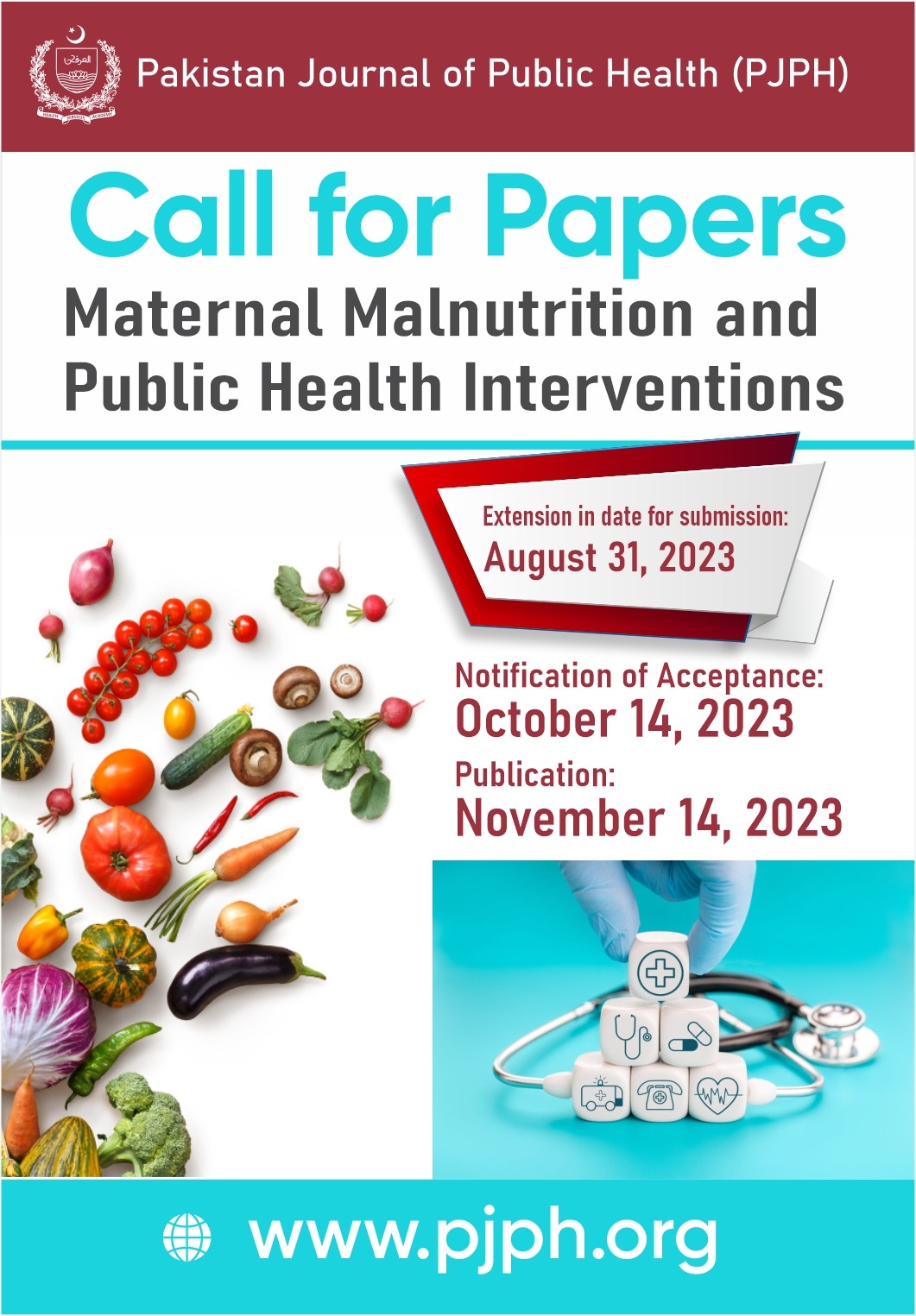Process for Corrections, Retractions, and Editorial Expressions of Concern
The Pakistan Journal of Public Health ensures that all of its published issues follow the Recommendations for the Conduct, Reporting, Editing, and Publication of Scholarly Work in Medical Journals by the International Committee of Medical Journal Editors (ICMJE) (http://www.icmje.org/icmje-recommendations.pdf) and the guidelines of the Committee on Publication Ethics (COPE) (https://publicationethics.org/guidance).
Our aim is to safeguard the integrity of the academic record of all published or potential publications. In due course of process, it is sometimes likely that there could be possible that an inaccuracy, misleading statement, or distorted report has got published, and it must be corrected immediately and with due distinction and prominence. An investigation must be done, and If, after an appropriate investigation, an item proves to be fraudulent, it should be retracted. The retraction should be well-documented, explicitly identifiable to the readers and target audience and to the indexing systems in which, the journal is indexed
Corrections
Inaccuracies, omissions and errors in published papers may be identified in the form of a Department of Error and Omissions when the Executive Editor considers it appropriate to inform the journal readership about a previous error and makes a correction to the error in the published article. The department of error and omissions will then appear as a statement in the upcoming article in isolation or as a full new article in the next issue of the journal, and will cite the original published article.
Retractions
Generally, retractions are considered and published when there are severe errors in an article that invalidate the conclusions. Retractions are also made in cases where there is evidence of publication malpractice, such as plagiarism, duplicate publication, or unethical research.
The PJPH follows the COPE guidelines in order to address such issues:
- A retraction note titled “Retraction: [article title]” signed by the authors and/or the editor is published in a subsequent issue of the journal and listed in the contents list, and in the electronic version, a link is made to the original article.
- The online article is preceded by a screen containing the retraction note. It is to this screen that the link resolves; the reader can then proceed to the article itself.
- The original article is retained unchanged save for a watermark on the PDF indicating on each page that it has been “retracted.”
Editorial expressions of concern
In cases where substantial doubt arises as to the honesty or integrity of a submitted or published article, journal editors may consider issuing an expression of concern. However, expressions of concern should only be issued if an investigation into the problems relating to the article has proven inconclusive, and if there remain strong indicators that the concerns are valid. Under some rare cases, an editorial expression of concern may also be issued when an investigation is underway but a judgement will not be available for a considerable time due to unavoidable circumstances.
In the online version, the expression of concern will be linked back to the published article it relates to.





